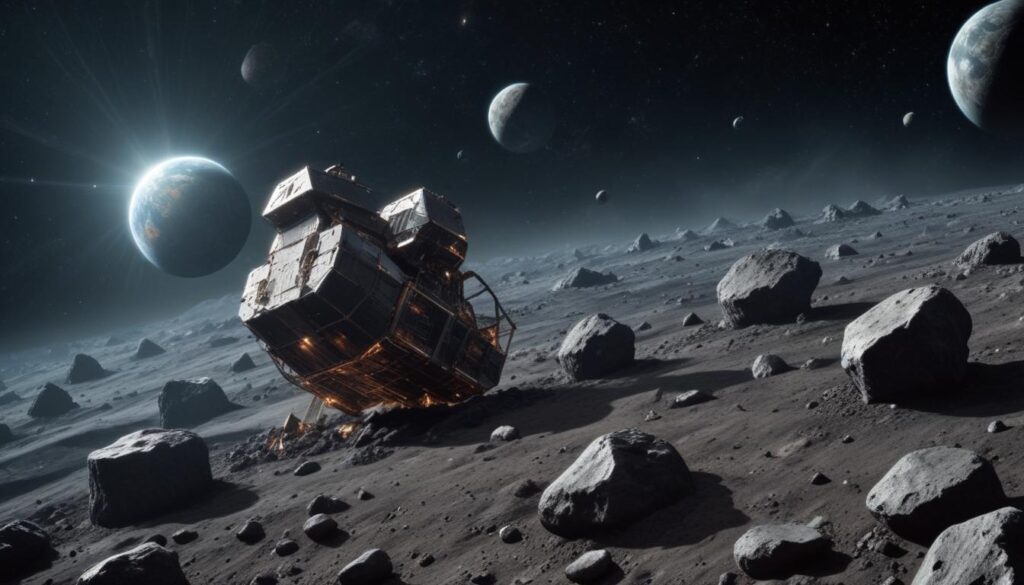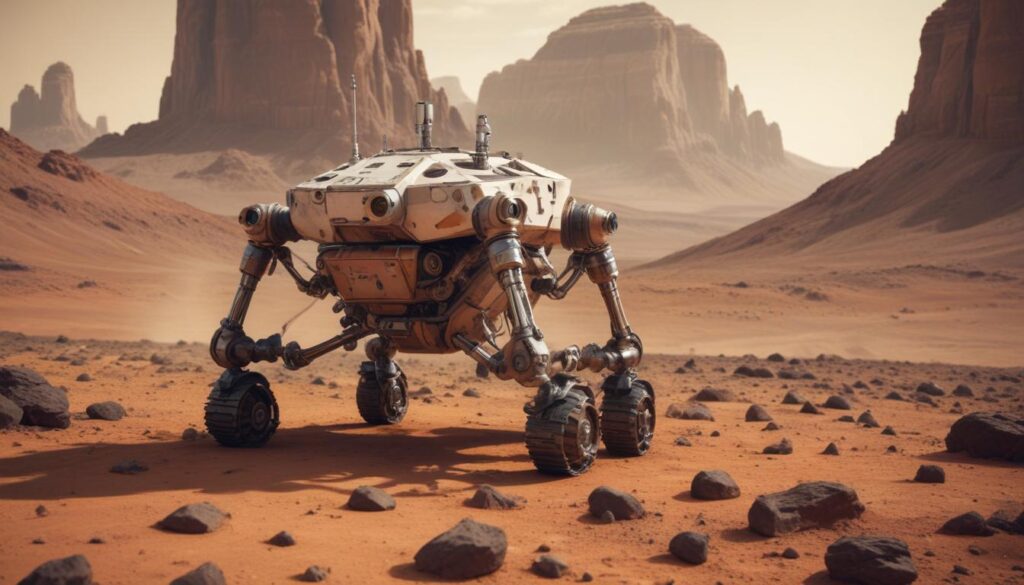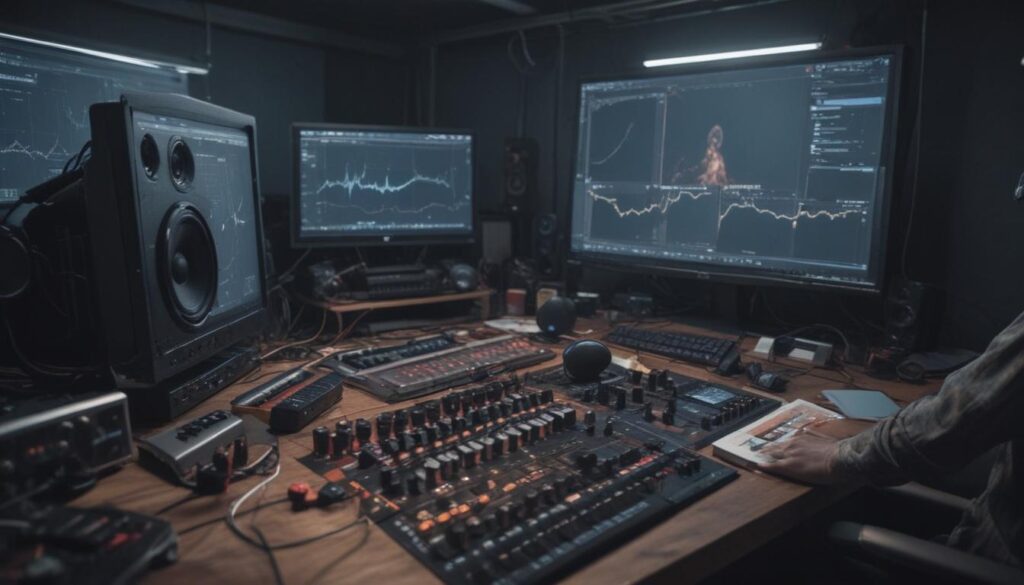Now Reading: Hyperloop Your Guide to High-Speed Travel
- 01
Hyperloop Your Guide to High-Speed Travel
Hyperloop Your Guide to High-Speed Travel

Hyperloop Technology A Revolution in High-Speed Transportation
First dreamed up in a detailed white paper by Elon Musk in 2013, Hyperloop is a proposed system for moving people and freight at incredible speeds. The main idea is to propel a vehicle, often called a “pod,” through a sealed tube that has had most of its air removed. By creating this near-vacuum environment, the system gets rid of the two biggest things that slow vehicles down air resistance and friction. This allows the pods to reach speeds that were once unimaginable on the ground, potentially faster than 700 miles per hour (1,100 km/h).
Think of it as the best of both worlds, combining a super-fast train with an airplane. Like a train, it runs on a dedicated track, meaning it can offer reliable service no matter the weather. Like a plane, it travels at very high speeds. But it does all this at ground level, so you skip the long waits for takeoff and landing. This amazing new approach is designed to be more than just fast. It aims to be more energy-efficient and better for the environment than other high-speed travel options, making it a truly game-changing solution for the future.
How Hyperloop Works The Science of Speed
The magic behind Hyperloop technology comes from its smart and simple solution to the physics of travel. To see how it can go so fast, you need to understand its two key parts the low-pressure tube that acts as the track and the floating pod that carries people or goods. These two elements work together to create an environment where the pod can glide almost effortlessly with very little power.
This system uses science we already know but combines it in a new and powerful way. The biggest hurdle for any fast-moving vehicle on Earth is pushing through the air in our atmosphere. At high speeds, air feels thick and creates a lot of drag, which needs a huge amount of energy to overcome. Hyperloop solves this problem by simply removing most of the air from its path, completely changing how we think about travel.
The Low-Pressure Tube Environment
The foundation of the entire Hyperloop system is its network of sealed tubes. These tubes are not a perfect vacuum, which would be extremely hard and costly to maintain. Instead, they are a low-pressure tube. Powerful pumps remove about 99% of the air inside, creating an environment like flying at 200,000 feet, where there is almost no air to push against. This allows the pod to travel without fighting the thick air we feel on the ground.
This huge drop in air resistance is the main reason Hyperloop can hit its target speeds. Since the pod doesn’t have to burn energy forcing air out of its way, it can keep moving at high speeds using very little power. The tubes would likely be made of steel and built on pillars above the ground or in tunnels below. This allows the system to cross different types of land with minimal impact. Many designs also include solar panels on top of the tubes, which could generate more than enough clean energy to power the whole system.
The Levitating Pod
Inside the low-pressure tube, the pod floats just above the track using magnetic levitation, or maglev. This is the same technology that powers some of the fastest trains in the world. Strong magnets on the pod and the track push against each other, creating a cushion of air that lifts the vehicle so it never touches the track. This completely eliminates rolling friction, the other major force that slows down regular trains and cars. With no wheels and almost no air resistance, the pod glides smoothly and efficiently.
The pod doesn’t have its own engine. Instead, linear electric motors built into the track push and pull the pod forward with magnetic fields. This allows for smooth, powerful acceleration. Once the pod is at cruising speed, it barely needs any energy to keep going, coasting through the tube for most of the trip. This contactless system also means less wear and tear, which lowers maintenance costs and creates a quiet, comfortable ride for passengers.

The Road Ahead for Hyperloop
While the concept is truly revolutionary, turning a white paper into a real-world public transportation system has both huge potential and major challenges. Companies all over the globe are busy developing and testing Hyperloop parts, building test tracks, and running prototype pods to prove the technology works. Successful tests have already shown that the basic ideas are sound, with pods reaching high speeds in controlled test environments.
However, getting to a commercial system is a complex journey. The biggest hurdles are not just about technology but also include regulatory, financial, and logistical issues. Building thousands of miles of these special tubes is a massive infrastructure project that needs huge investment and government support. Getting the rights to build on land, making sure the system is safe for the public, and setting up international standards are all crucial steps. It’s likely we will see shorter cargo routes built first to prove the system is reliable and profitable before we see a large passenger network. The dream of traveling at nearly the speed of sound on the ground is closer than ever, and it is set to change our world in the coming years.


































